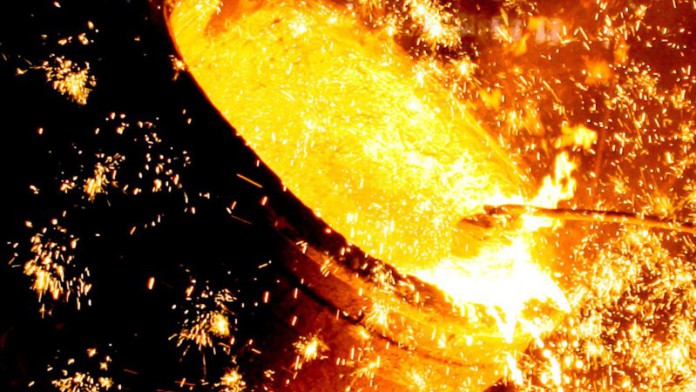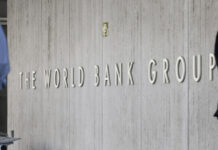
HIGH electricity tariffs, interruptions, and deteriorating conditions in the ferrochrome market have forced Glencore and its joint venture partner, Merafe Resources, to consider restructuring its Rustenburg smelter.
As a result, the partners have commenced a Section 189 process in terms of the Labour Relations Act that may result in job losses. Glencore did not specify the extent of its planned restructuring, but it said Rustenburg smelter was suffering financial losses and would continue to do so “for the foreseeable future”.
The Rustenburg smelter produces about 430,000 tons of ferrochrome annually. Glencore’s total smelting capacity from South Africa is 2.3 million tons (Mt).
This decision is the result of deteriorating operating and market conditions across the South African ferrochrome industry including unsustainable electricity tariffs and interruptions, cross subsidies and real cost inflation,” Glencore said. Significant ferrochrome output had also been displaced to international producers whose costs are lower.
The National Energy Regulator of South Africa (Nersa) last year granted Eskom, the state-owned power utility, annual electricity tariff increases of 9.4% in 2019/2020, increasing 8.1% and 5.2% in subsequent years. Nersa also approved an additional 4.4% tariff increase to allow Eskom to recoup costs which amounted to an increase in the annual electricity tariff for 2019/2020 to 13.9%, and a compounded increase of 9% over three years. This is some 29.5% higher than the current electricity tariff.
In addition to this, Eskom intensified rolling blackouts last year rationing some 6,000MW from the national grid as its ageing fleet continues to break down. So-called loadshedding was applied again earlier this month, a development which affects the production of power intensive users such as Rustenburg smelter, and impacts on efficiencies.
Some 665 jobs would be “part of the process”, said Shivani Chetram, a spokeswoman for Glencore in South Africa. Of these, about 619 are permanent employees.
Merafe, which has a 20.5% share in the Glencore-Merafe Chrome Venture, said in August that lower chrome and ferrochrome pricing was behind a decline in earnings before interest, tax, depreciation and amortisation to R435m from R796m year-on-year. Taxed profit came in at R165m from R259m. Cash as of June 30 fell to R209m from R282m.
Commenting in a production update in October, it added that output had fallen 29% compared to the third quarter last year.
“This decrease was as a result of increased planned maintenance, increased community unrest as well as production cutbacks in response to market conditions during the third quarter ended 30 September 2019,” the company said.
The ferrochrome price was about 12% weaker last year, according to Tharisa, a London and Johannesburg-listed producer which reported heavy declines in profits. Global stainless steel output rose 8% higher at 28.6Mt last year but Chinese ferrochrome production was 600,000 tons higher at 4.4Mt by the end of September.
Glencore said it had held meetings with employee representatives prior to instituting the Section 189 process and would now rely on the services of the Commission for Conciliation, Mediation and Arbitration to guide it through the process.
All options would be considered.











